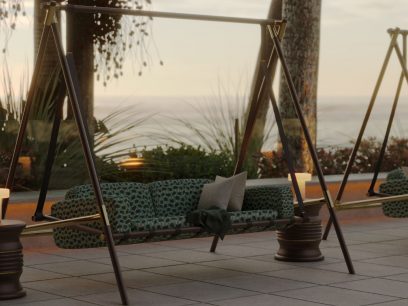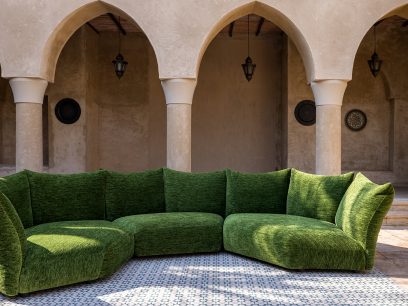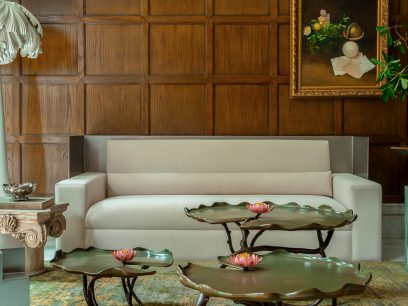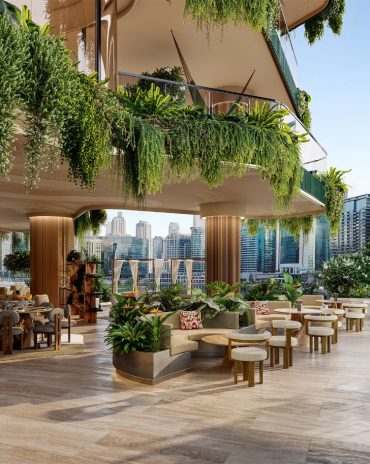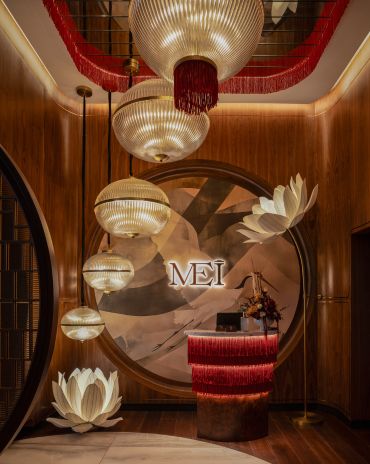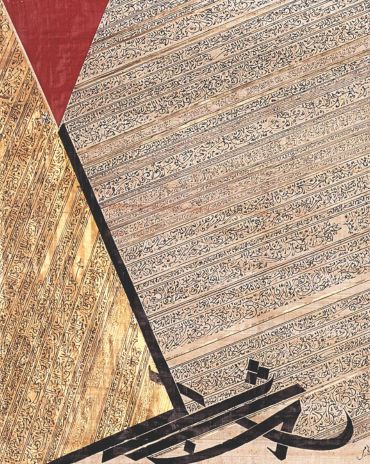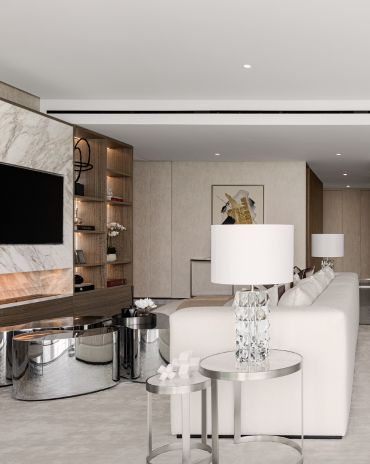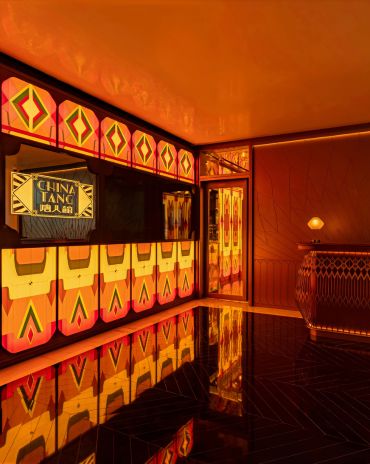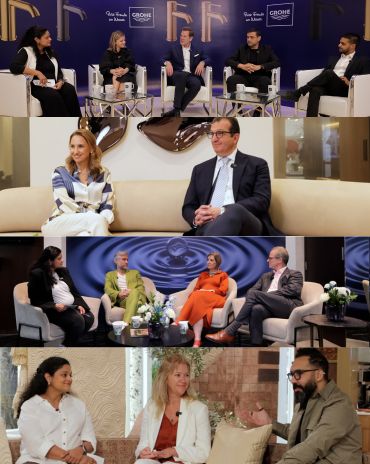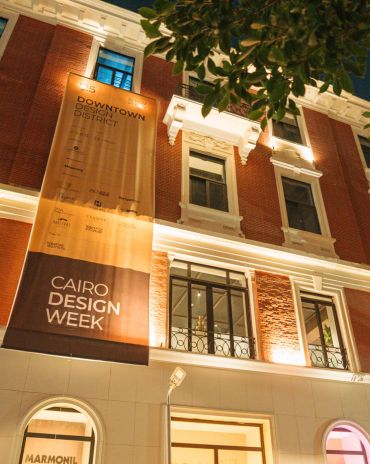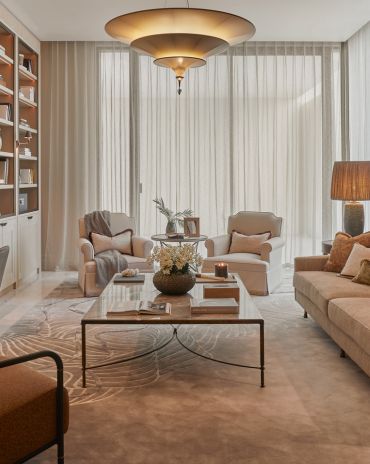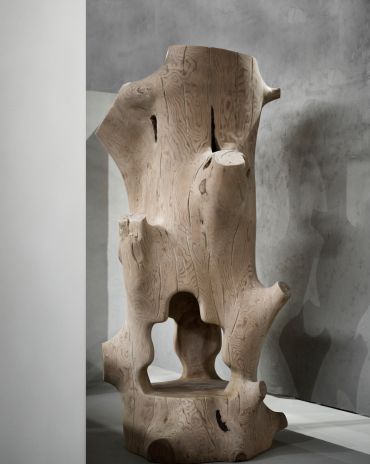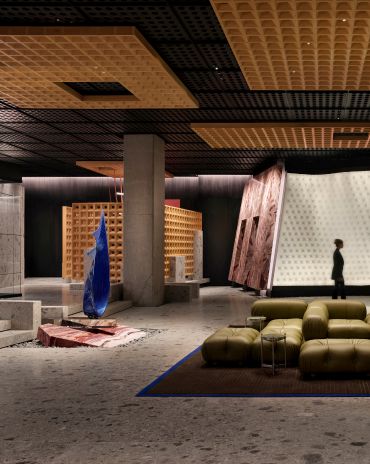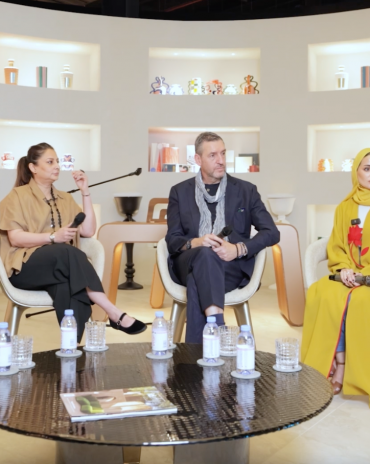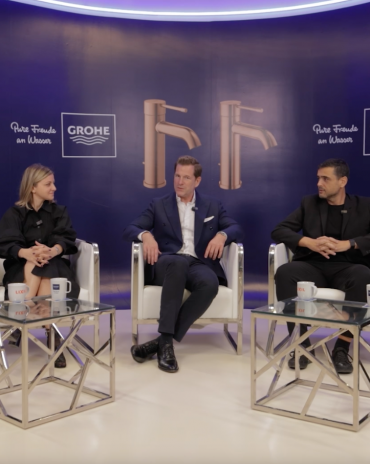Copyright © 2025 Motivate Media Group. All rights reserved.
Read ‘The Imagination Issue’ – note from the editor
Read our November issue online for free on ISSUU
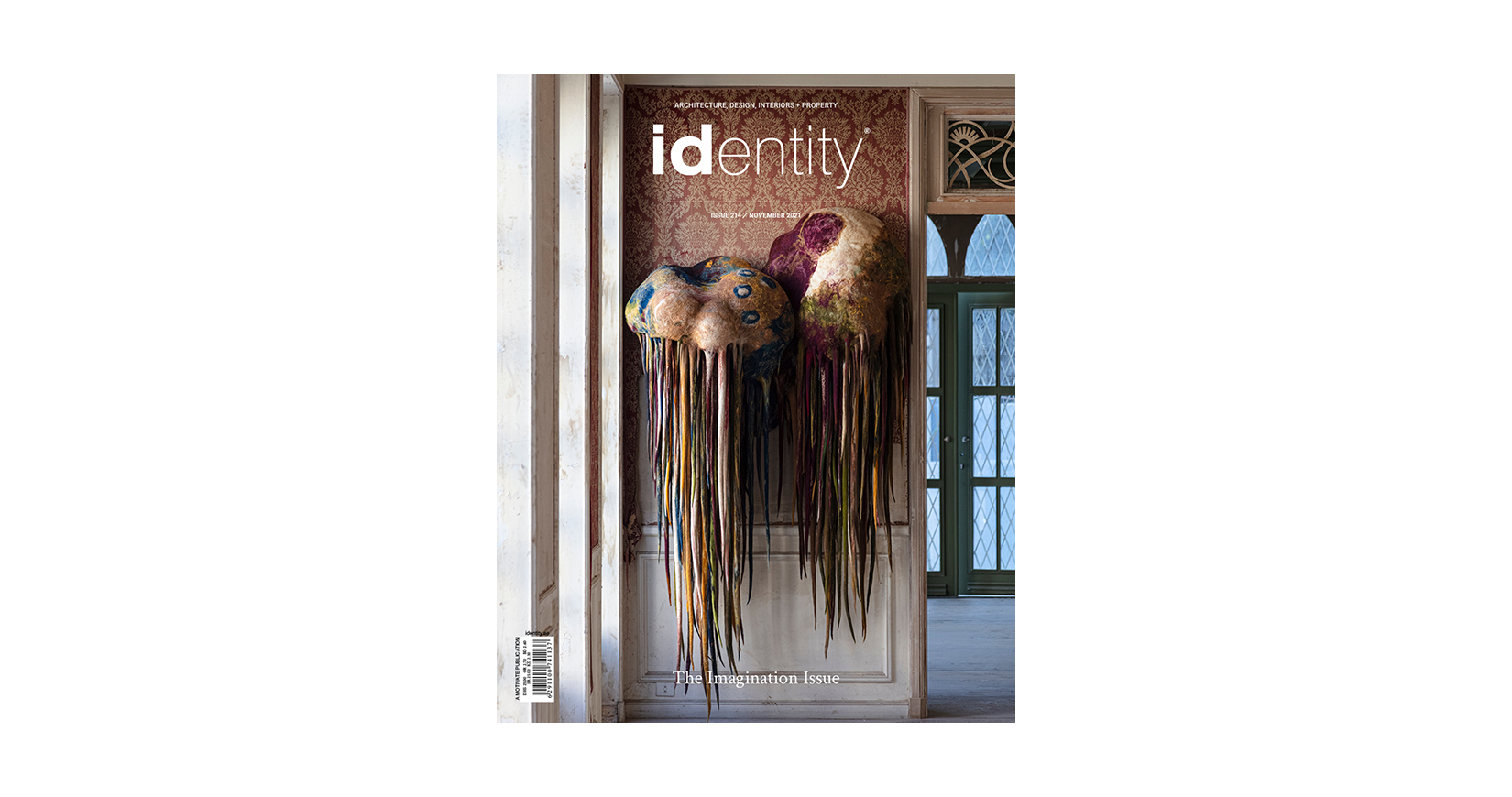
Jean-Jacques Rousseau once said that “the world of reality has its limits [while] the world of imagination is boundless.” Looking back at some of the greatest achievements in design and architecture, it is impossible to think that these could have been brought to life without the creator’s ability to imagine a better world. Innovations are only possible if a person is able to imagine that something which doesn’t exist in reality today can, in fact, be.
This month’s issue sheds light on the people whose imagination has brought forth some spectacular results, be it reimagining a prototype for a future city or creating physical worlds out of stories and memories.
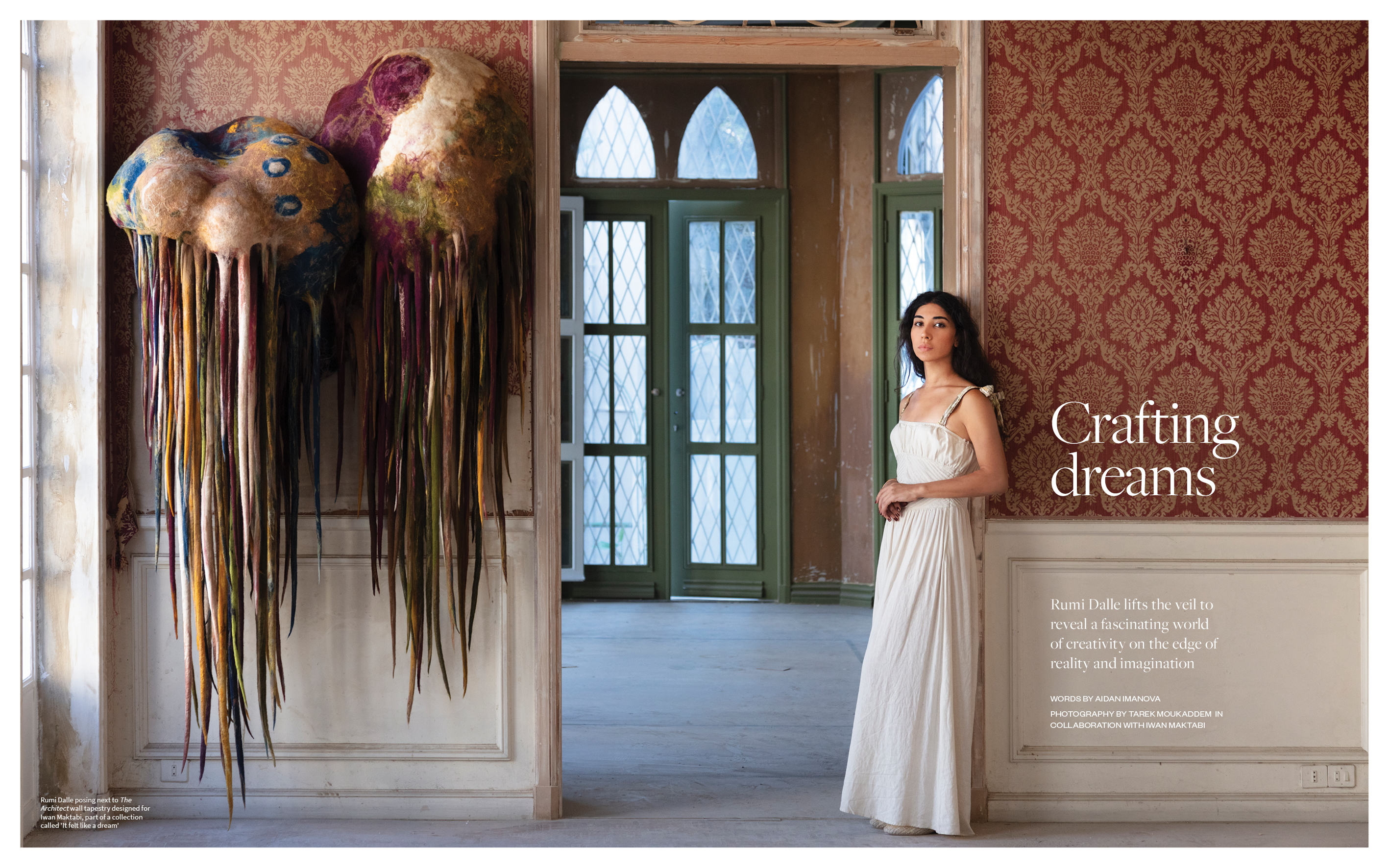
Our cover this month features the work of Lebanese artist and designer Rumi Dalle, photographed by Lebanese photographer Tarek Moukaddem, specially commissioned by identity in collaboration with leading Lebanese carpet gallery Iwan Maktabi. For this special photoshoot, Rumi poses with pieces from her recent collection for the carpet gallery, called ‘It felt like a dream’. The abstract wall tapestries that are created in felt from Turkey look strangely at home in the Maison Feghali mansion located on Beirut’s Sursock Street, which is currently undergoing major reconstruction and restoration works after being severely damaged by the devastating Beirut Blast on 4 August last year.
Rumi’s work was the perfect fit for ‘The Imagination Issue’ as its timeless appeal lends itself to something that could possibly be from out of this world. Rumi taps into her inner world to retrieve memories and experiences which give life to all her designs. Her most recent work is a commission for Dubai Design Week called ‘The Dream’, which will be on show from 8 to 12 November. “It’s really about composing a Lebanese dream,” she says of the installation.
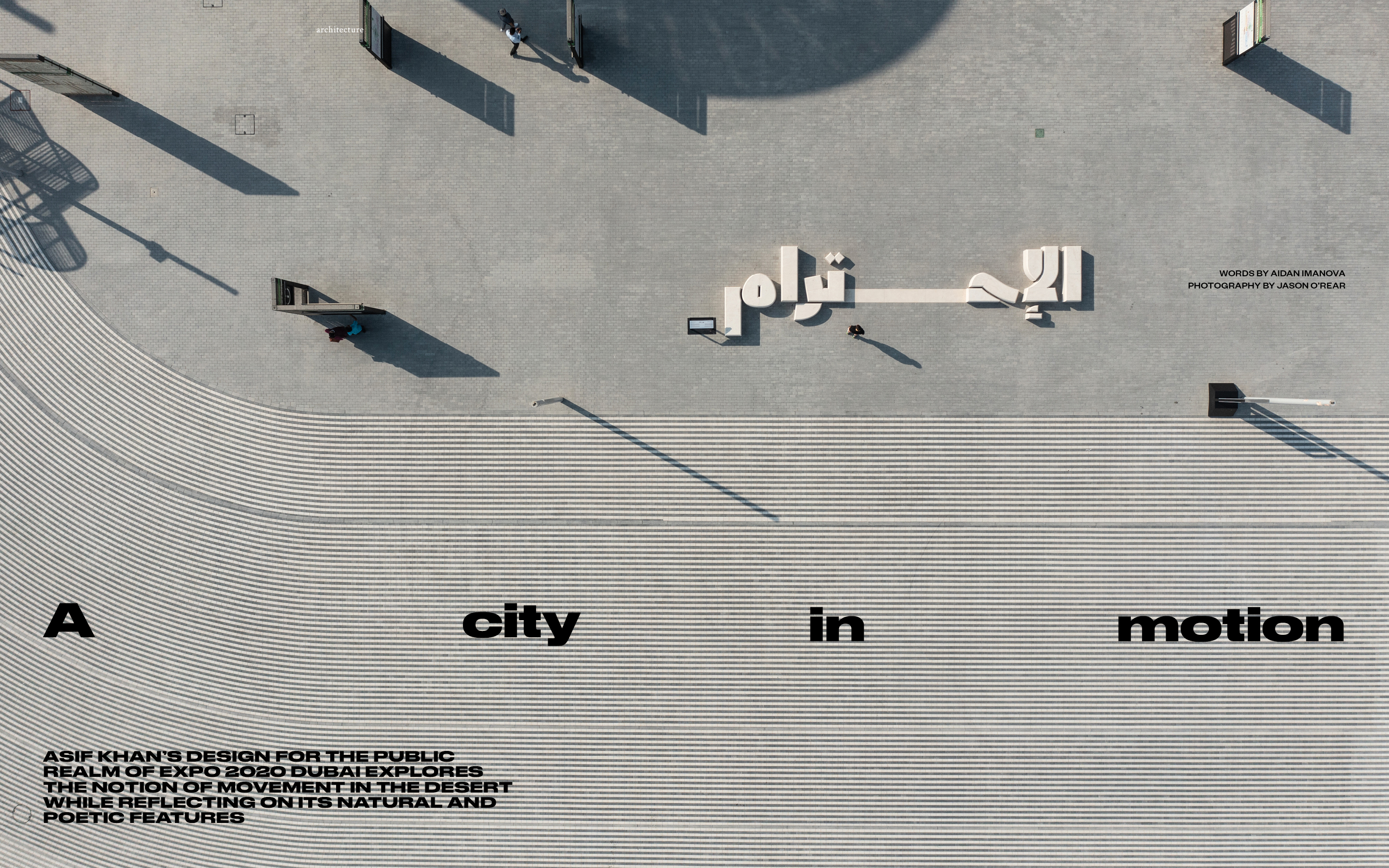
In other parts of the magazine, we look towards the African continent to discover a modern architectural masterpiece that is on the verge of decline – yet which is now set to be preserved by Moroccan and Senegalese architects Aziza Chaouni and Mourtada Gueye. The expansive fairground was the result of a vision by Senegal’s first post-independence president – a visionary man who commissioned the complex in 1971 to imagine what a modern Senegal could look like, while still maintaining the vitality of its cultural heritage.
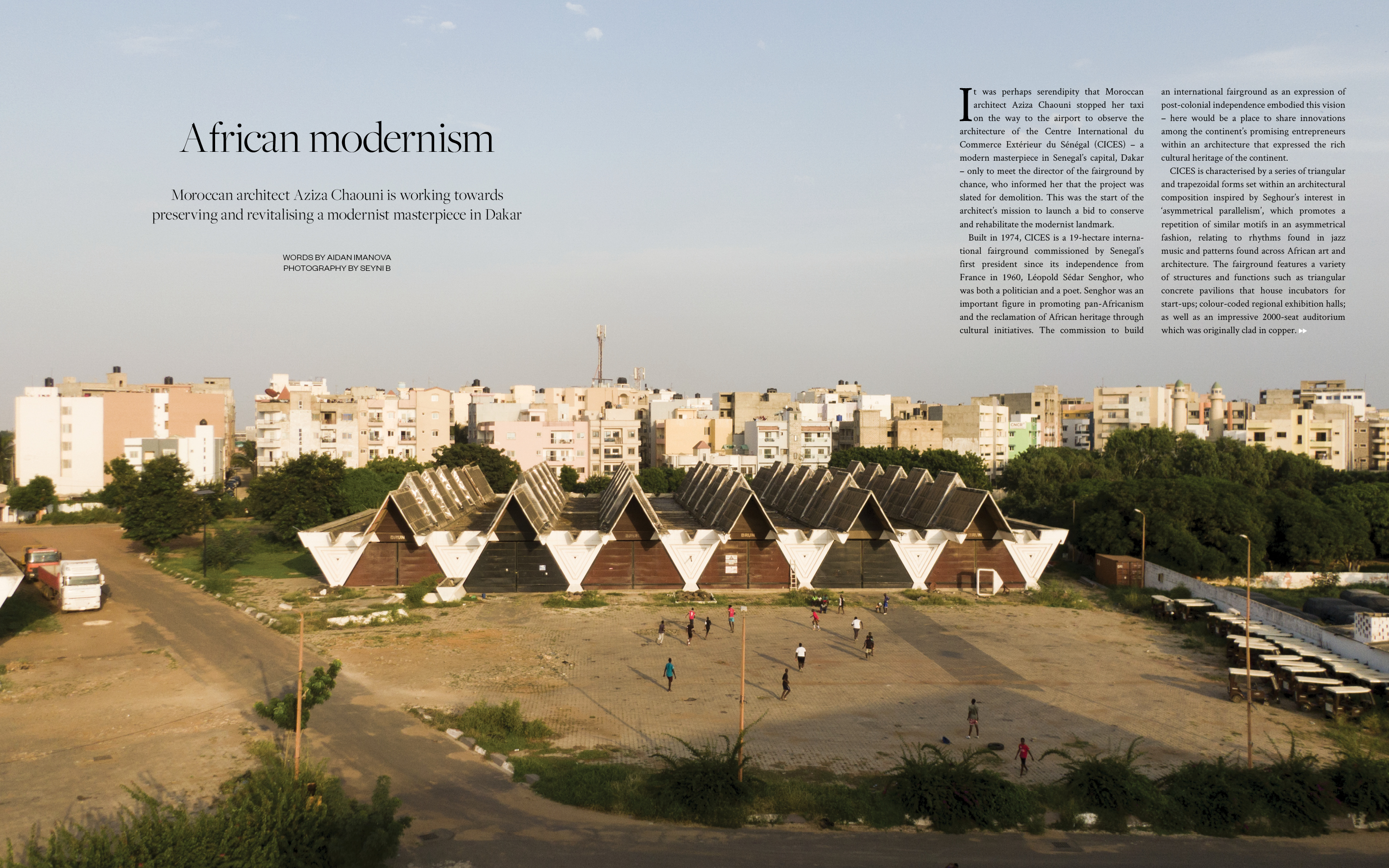
This month has also been a very busy one as the identity Design Awards are drawing near. I’ve had the pleasure of reviewing the many exceptional projects from across the region, and I eagerly anticipate announcing the winners at the event on 17 November. I wish everyone the best of luck and look forward to seeing many of you very soon.
Read the full issue on ISSUU here.
The Latest
How Eywa’s design execution is both challenging and exceptional
Mihir Sanganee, Chief Strategy Officer and Co-Founder at Designsmith shares the journey behind shaping the interior fitout of this regenerative design project
Design Take: MEI by 4SPACE
Where heritage meets modern design.
The Choreographer of Letters
Taking place at the Bassam Freiha Art Foundation until 25 January 2026, this landmark exhibition features Nja Mahdaoui, one of the most influential figures in Arab modern art
A Home Away from Home
This home, designed by Blush International at the Atlantis The Royal Residences, perfectly balances practicality and beauty
Design Take: China Tang Dubai
Heritage aesthetics redefined through scale, texture, and vision.
Dubai Design Week: A Retrospective
The identity team were actively involved in Dubai Design Week and Downtown Design, capturing collaborations and taking part in key dialogues with the industry. Here’s an overview.
Highlights of Cairo Design Week 2025
Art, architecture, and culture shaped up this year's Cairo Design Week.
A Modern Haven
Sophie Paterson Interiors brings a refined, contemporary sensibility to a family home in Oman, blending soft luxury with subtle nods to local heritage
Past Reveals Future
Maison&Objet Paris returns from 15 to 19 January 2026 under the banner of excellence and savoir-faire
Sensory Design
Designed by Wangan Studio, this avant-garde space, dedicated to care, feels like a contemporary art gallery
Winner’s Panel with IF Hub
identity gathered for a conversation on 'The Art of Design - Curation and Storytelling'.
Building Spaces That Endure
identity hosted a panel in collaboration with GROHE.

